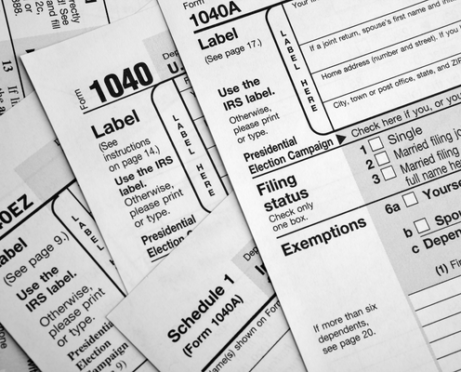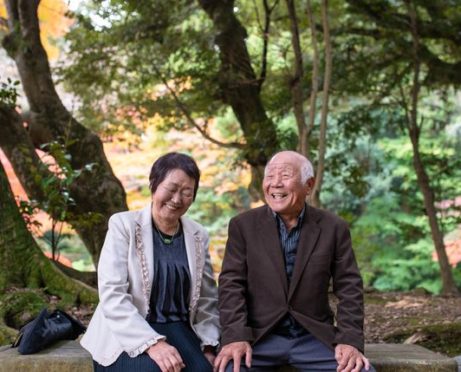
Two years ago this month, we all knew something really bad was coming. On February 2, 2020, global air travel was restricted and, on February 3, a public health emergency was declared in the U.S. three days after the World Health Organization (WHO) did the same.
By February 25, 2020, a CDC official was predicting that COVID-19 was heading toward pandemic status, which was officially declared by the WHO a few weeks later on March 11.
Below are ten observations about what I’ve noticed and experienced since COVID-19 took hold in February 2020:
New Mindsets About Priorities
Many people have adopted a new “life is too short” mentality, which is informing decisions about retirements, job changes, relationships, and more. We have all collectively seen that, despite our best efforts, plans can “blow up” and life during a pandemic is incredibly uncertain.
Many people are making major life changes so they do not waste their precious time. I can count dozens of colleagues who have quit jobs and moved on.
Transferrable Job Skills
It has been interesting to watch colleagues “move on” to new careers. Just like I parlayed my knowledge, skills, and contacts from four decades at Rutgers University to a full-time financial education company so, too, they transferred their talents.
A former journal editor now creates content for a large financial planning advisor group and a former Cooperative Extension financial educator develops content for a growing fintech firm for financial planners.
End of Life Planning Salience
Salience is when something is particularly noticeable and stands out. The death of almost 1 million Americans due to COVID-19 is certainly an example of so-called “mortality salience,” an awareness that death is inevitable.
The Wall Street Journal reported that more young adults (Millennials) have been prompted to write wills, citing unease about the pandemic. It could happen to any of us! COVID-19 has sparked, even normalized, conversations about end-of-life planning as people of all ages realize that “It’s always too early until it’s too late.”
The Only Constant is Change
We all hoped that, with effective vaccinations, COVID-19 would be a distant memory by now. It is not. Delta and Omicron variants, and responses to them, have shown us that anything can change.
Flexibility is the name of the game.
Employer policies, tax laws, school masking rules, and government rules can change quickly. This has highlighted the need for “Plan B Thinking” (i.e., “What’s your Plan B?”) and “If/Then Thinking” (i.e., “If [X] happens, then I’ll do [Y]”).
Hesitancy to Plan
I, like many people, am hesitant to spend money on advance deposits for events that may be cancelled. Why wait for a refund and face the uncertainty of rebooking?
Hence, I am currently running an $18,000 tab for a 14-day cruise/land package and first class airfare to Alaska this fall. Payment is due in June. If I don’t feel comfortable traveling, or Canada closes its border to Vancouver again, I’ll simply walk away.
Workarounds and Substitutes
We have all heard the words “supply chain issues” and “labor issues” frequently during 2021 and have gotten used to disruptions. This has changed people’s expectations and behaviors.
Some people decided to go back to stores to shop rather than take a chance that shipped items ordered online would be delayed. Others sought out thrift shops and peer-to-peer shopping platforms, such as Facebook Marketplace and eBay, to buy available items.
More Time for Healthy Habits
Living a healthy lifestyle is the best thing that people can do to control their health care costs. Fortunately, COVID-19 gave many people the “gift of time” as working at home replaced long, time-sucking commutes. This provided an opportunity for a “lifestyle reset.”
According to Consumer Reports, some of the healthier habits that we adopted include proper hand-washing, more home-cooked meals, and virtual activities to stave off isolation.
Tough Times Prompt Big Changes
In challenging environments like the past two years, organizations often make big structural changes. Often, but not always, these large bursts of change are positive.
Recently, we’ve seen advances in the speed of vaccine development, artificial intelligence innovations, higher wages dues to millions of available jobs, and employers paying more attention to workers’ work-life balance, workplace stressors, and burnout.
Pandemic-related changes that were originally meant to be temporary (e.g., telecommuting) may prove “sticky” over the long term.
Risk Perception is Stressful
For two years, we've had to risk-calibrate so many personal decisions. Do you wear a mask to an indoor party and awkwardly not eat or drink (much), take your chances and go mask-less, or just not go at all? It has been mentally exhausting trying to process how likely different events are versus how scary they seem, on a daily basis.
Limited-Time Opportunities
Opportunities opened up for some people to profit financially from COVID-19 impacts. Companies that provided “just in time” products and services (think Zoom, Instacart, and Clorox) for example.
I personally observed retirees increase their nest egg by well over $100k by selling their house at peak prices and downsizing. Inflation-adjusted Series I bonds paying 7.12% from 11/1/21 to 4/30/22 are another limited-time opportunity example.




